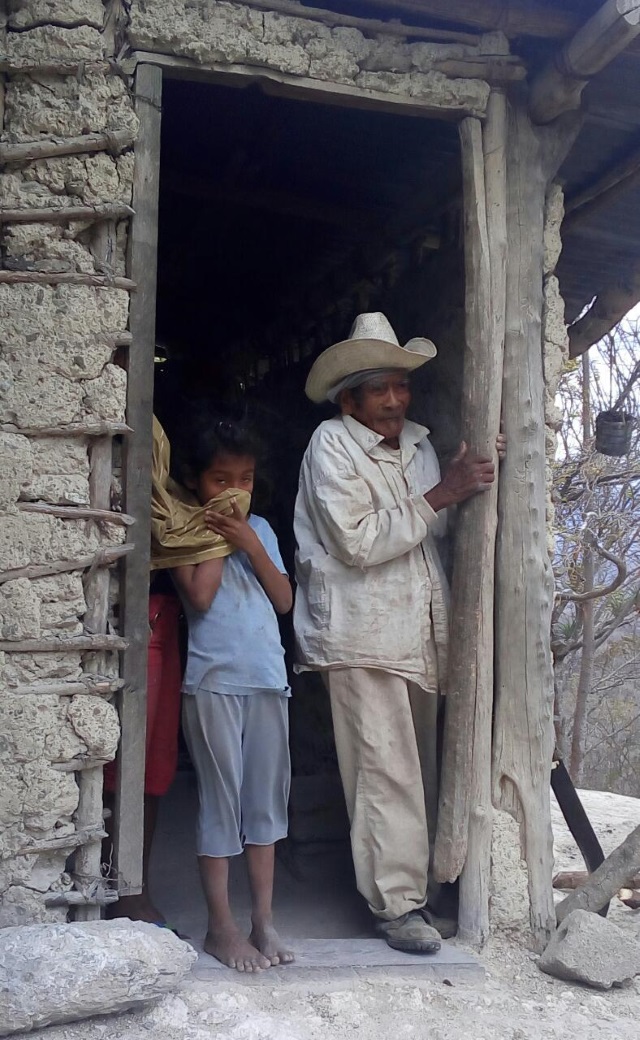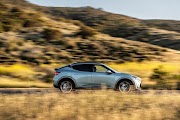by Marcus Pearson - 10/09/2018
I recently completed another cross-country motorcycle ride starting in Tipitapa. I rode my 2007 Suzuki DR 650 motorcycle up over the Cordillera Diariense through Matagalpa and Waslala then down through Siuna and on to Puerto Cabezas on the Caribbean Coast, about 1200 km round trip. For more than 20 years working here in Nicaragua with a variety of church and community development projects, the motorcycle has been my main means of transportation. Bad roads in the countryside, $4.50/gallon gas, and traffic in the capital city Managua make the motorcycle the best way to move around unless it's raining. Over the years I have used a lot of motorcycles putting an average of 14000 miles a year on the two wheels, about half on dirt back roads. The DR is hands down the best all around bike for this type of riding in my opinion, my bike is straight as it came from Japan and the only improvement I would like to see is a more comfortable seat, my rump, just like the rest of me, is into its fifth decade and needs all the help it can get.
Climbing still higher the main crop turns to cacao but soon one reaches the areas were only subsistence farming is taking place. Here small farmsteads are still being carved out of the forest hanging on to the mountains. This part of the trip is virtually a step backward in time as well. These farmsteads could very well have been ones that I had seen during my first years here in Nicaragua in the early 90's. The farther out you travel the people change too. Around the larger townsfolks are reasonably well dressed, adequately fed in general, and quick to smile. Going out the clothing gets progressively more patched, rubber boots, homemade sandals, and bare feet replace leather shoes. Straw and felt hats worn to shapelessness displace the store-bought ball cap.
In the city, many people show more lineage of the Spanish settlers (or invaders depending on your point of view) in their stature and complexion. In the countryside, the heritage of the first inhabitants prevails with rounder faces, almond-shaped eyes, and darker skin. The beautiful diversity of the indigenous tribes here is amazing considering how small the country is. Miskitu, Mayanga, Carib, Rama, and other less numerous groups all contribute to the cultural wealth of the area. Sadly too many faces of the people bear the burden too many years of arduous labor. Little changes from one day to the next. Cycles of life are governed by the seasons and the needs of Agriculture.
Traveling through the area one is reminded that although the Pacific side of Nicaragua has become relatively prosperous in the last few years the largest single administrative unit in Nicaragua, the RACCN (Northern Caribbean Autonomous Region) lags woefully behind. Resources are abundant but capital and vision are not. Worse yet there are many legal issues with land rights, overlapping jurisdictions of Tribal government, and in general a spiritual malaise that short circuits progress.
On my return trip, I chose the flatter route through the towns of Mulukuku and Rio Blanco. Nicaragua is an unusual country in this age of urbanization: half its population still lives in rural areas. So if you have not seen the rural core of this nation you really have not seen Nicaragua!
Marcus Pearson is the director of Harvest Initiative an NGO that is dedicated to providing education and infrastructure to rural communities in Nicaragua, for more info on their programs or to donate please visit www.cosechanic.com.












_websize.jpg)









